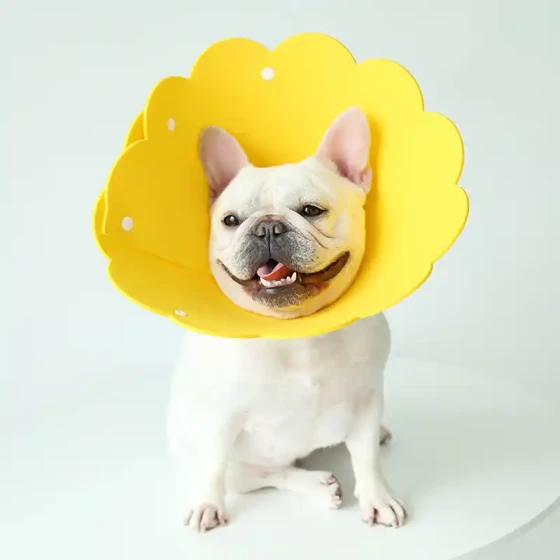How to Mail Dogs Without Them Getting Carsick?
Air transportation prevents carsickness
Generally speaking, large dogs experience carsickness more often than small dogs, especially Dalmatians, who get sick within less than a minute of driving. Dogs getting carsick will not cause serious consequences; do not panic. Let the dog lie down quietly and rest for a while, it will gradually adapt. Like humans, dogs can overcome carsickness through exercise. Some dogs stop getting carsick after a few trips. However, some dogs do not have frequent travel opportunities. For these dogs prone to carsickness, preventive measures should be taken: do not feed or give water to the dog one hour before traveling, and give a small dose of human motion sickness medicine half an hour in advance. This generally prevents vomiting caused by carsickness.
Taking your dog out for holiday trips is very enjoyable, but if your dog becomes restless once in the car, drools and has a runny nose, urinates and defecates, or even vomits, it may not only be due to fear of unfamiliar surroundings but also because it is carsick. Like humans, carsickness in dogs is mainly caused by vibration and smells inside the car. You can slow down, open windows for ventilation, and here are some tips for your reference:
1.
Do not feed your dog before traveling.
2. Lay old newspapers or towels on the seat and inside the car.
3. Prevent the interior from overheating; use air conditioning if necessary. The cooler, the calmer the dog and less likely to get carsick.
4. Bring a large plastic water bottle filled with water to quench your dog's thirst.
5. Stop every two to three hours to let your pet relieve itself or walk a bit.
Training dogs is a common issue many dog owners encounter. When puppies first try to ride in a car, they may appear scared and uncomfortable; some braver dogs may be mischievous, sticking their heads or climbing out of windows; those unaccustomed may get "motion sick", vomit, or get nervous and have diarrhea... How should we help them adapt to going out by car?
(1) The best choice is a "aircraft crate"
Generally, if the owner wants to take their dog out and travel by car, a specialized crate (called an "aircraft crate") should be prepared.
These "aircraft crates" come in large, medium, and small sizes, suitable for dogs of various sizes. However, the owner needs to ensure the dog does not resist the crate and is comfortable inside. To encourage the dog to willingly enter the crate, owners can prepare some toys, food, and water to give it a sense of belonging and familiarity. Also, most vehicles do not have seats designed specifically for dogs.
Therefore, dogs can be unsteady in the car, causing fear; to maintain balance, they may stand or sit with fatigue.
(2) Feeling drowsy
Moreover, the engine sound and constantly changing scenery outside may cause discomfort; putting the dog in a crate can give it greater security.
However, some owners dislike this method and do not want to confine their dogs in crates. Owners must pay attention to various factors. For example: loud engine noise may scare the dog; if the dog is mischievous or curious, it may mess around or try to jump out of the car, and owners should consider such issues.
(3) Let the dog gradually adapt to car rides; do not rush.
Initially, owners should take the dog to see the car, allowing it to become familiar with the vehicle and sit inside with the owner; also let it freely get on and off the car. Owners can show the dog where it can sit and where it cannot. Gradually adapting, then try starting the engine to create the "rumbling" sound, bring the dog inside to sit and play for a while to adapt.
When the car starts shaking, observe the dog's reaction. If it appears calm, you can try slowly driving. For a dog's first car ride, do not take long trips as you cannot predict its reaction. It is common for the dog to be scared, uncomfortable, get "motion sick", vomit, have diarrhea, drool, etc.
(4) Accompanying your dog brings confidence
If the above methods gradually help the dog adapt to the car’s sounds, during its first few rides, the owner should stay by its side, gently pet and hug it to make it feel natural, confident, and safe. After several car experiences, it will understand that riding in a car is not dangerous and should not be feared. As long as it behaves and does not wander around, it will not be affected.
Owners should also note that when the dog rides for the first time, it is best to have two or three friends accompany to prevent it from being mischievous, bothering the driver, or trying to jump out, avoiding danger.
-560x560.webp)


